Table of content
- Raw or Dried Cordyceps
- Cordyceps Powder
- Cordyceps Tinctures and Extracts
- Cordyceps in Culinary Dishes
- Commercial Supplements
- Enhanced Athletic Performance
- Immune Support
- Anti-Aging Properties
- Respiratory Health
- Kidney and Liver Protection
- Potential Allergies
- Drug Interactions
- Heavy Metal Contamination
- Pregnancy and Breastfeeding
- Autoimmune Conditions
Cordyceps, a genus of parasitic fungi renowned in traditional medicine and modern wellness circles, has captivated health enthusiasts for centuries. Revered for its potential to boost energy, enhance immunity, and promote longevity, this fungus—particularly the species Ophiocordyceps sinensis—has transitioned from ancient remedies to a staple in contemporary supplements. Yet, despite its growing popularity, many remain unsure how to incorporate Cordyceps into their daily routines effectively. This article delves into the various methods of consuming Cordyceps, explores its purported benefits, and outlines essential precautions to ensure safe and optimal use.
Understanding Cordyceps: A Brief Overview
Cordyceps thrives in high-altitude regions, primarily in the Himalayas and Tibetan Plateau, where it parasitizes insect larvae. This unique lifecycle, where the fungus germinates in the host before erupting as a fruiting body, has earned it the nickname “caterpillar fungus.” Traditional Chinese and Tibetan medicine systems have utilized Cordyceps for over 2,000 years, prescribing it to address fatigue, respiratory issues, and kidney disorders. Modern science has since isolated bioactive compounds like cordycepin, polysaccharides, and adenosine, which are believed to underpin its therapeutic effects.
Methods of Consuming Cordyceps
Raw or Dried Cordyceps
Traditional practitioners often consume Cordyceps in its raw or dried form. The fungus is typically harvested, cleaned, and sun-dried to preserve its potency. To use dried Cordyceps:

- Steeping in Tea: Simmer 3–5 grams of dried Cordyceps in hot water for 15–20 minutes. Strain and drink the liquid, which may have an earthy, slightly bitter taste.
- Chewing: Some users chew small pieces of dried Cordyceps directly, though this method is less common due to its tough texture.
Cordyceps Powder
Ground Cordyceps powder offers versatility and ease of use:
- Smoothies and Shakes: Mix 1–2 teaspoons of powder into your favorite beverage. Pair it with fruits, nuts, or plant-based milk to mask its flavor.
- Capsules: Encapsulate the powder for convenient, dose-controlled supplementation. Aim for 500–1,000 mg per capsule, taken 1–2 times daily.
- Topical Applications: Mix powder with carrier oils (e.g., coconut) to create salves for skin conditions, though scientific evidence for this use is limited.
Cordyceps Tinctures and Extracts
Liquid extracts concentrate Cordyceps’ active compounds, often using alcohol or glycerin as solvents:
- Sublingual Administration: Place 1–2 droppers full under the tongue for rapid absorption.
- Beverages: Add tinctures to water, juice, or tea. Start with a low dose (e.g., 30 drops) and adjust based on tolerance.
Cordyceps in Culinary Dishes
Incorporate Cordyceps into savory recipes:
- Soups and Stews: Simmer dried Cordyceps (5–10 grams) in bone broth or vegetable stock for 1–2 hours. Pair with mushrooms, ginger, and garlic for depth.
- Stir-Fries: Rehydrate dried Cordyceps in warm water for 20 minutes, then stir-fry with vegetables and protein.
Commercial Supplements
Capsules, tablets, and gummies dominate the market for their convenience:
- Standardized Extracts: Look for products containing 1–3% cordycepin or 10–50% polysaccharides. Follow the manufacturer’s dosage guidelines.
- Mycelium vs. Fruiting Body: Some supplements use mycelium (fungal network) grown on grain, which may be less potent than fruiting body extracts. Prioritize supplements derived from the latter.
Benefits of Cordyceps Consumption
Enhanced Athletic Performance
Cordyceps is celebrated for its ability to boost oxygen utilization and ATP production, potentially improving endurance. A 2004 study in Medicine & Science in Sports & Exercise found that cyclists supplementing with Cordyceps increased their VO2 max by 7%.
Immune Support
Polysaccharides in Cordyceps may stimulate macrophage and natural killer cell activity, enhancing the body’s defense against pathogens.
Anti-Aging Properties
Antioxidants in Cordyceps combat oxidative stress, a key driver of aging. Animal studies suggest it may reduce inflammation and protect against age-related cognitive decline.
Respiratory Health
Traditional use cases highlight Cordyceps’ efficacy in managing asthma and chronic obstructive pulmonary disease (COPD). Modern research correlates its adenosine content with bronchodilation.
Kidney and Liver Protection
Animal models indicate Cordyceps may mitigate kidney damage from diabetes and reduce liver fibrosis, though human trials are needed.

Precautions and Side Effects
Potential Allergies
Individuals with mushroom allergies may react to Cordyceps. Conduct a patch test or start with minimal doses.
Drug Interactions
Cordyceps may amplify the effects of anticoagulants (e.g., warfarin) or immunosuppressants. Consult a healthcare provider before use.
Heavy Metal Contamination
Wild Cordyceps harvested from polluted areas may contain arsenic or lead. Opt for certified organic or lab-tested products.
Pregnancy and Breastfeeding
Safety data is lacking; avoid use during pregnancy or lactation.
Autoimmune Conditions
Cordyceps’ immune-stimulating effects could exacerbate autoimmune disorders like rheumatoid arthritis.
Scientific Perspective: What Does the Research Say?
While traditional claims are compelling, modern science offers mixed results. A 2011 review in Cochrane Database of Systematic Reviews concluded that Cordyceps may improve exercise capacity in older adults but noted limited high-quality evidence. Conversely, a 2020 study in Frontiers in Pharmacology highlighted its potential anti-inflammatory and anticancer properties in vitro.
Critics argue that many studies use animal models or isolated cells, making human extrapolation challenging. Moreover, dosage inconsistencies and product variability complicate interpretations.
Selecting and Storing Cordyceps
- Quality Indicators: Choose products labeled with Latin binomials (e.g., Ophiocordyceps sinensis), country of origin, and third-party testing.
- Avoid Additives: Steer clear of supplements with fillers, artificial colors, or excessive binders.
- Storage: Keep dried Cordyceps in airtight containers away from light and moisture. Refrigerate tinctures and powders to preserve potency.
Conclusion
Cordyceps offers a fascinating intersection of tradition and innovation, with consumption methods catering to diverse preferences and lifestyles. Whether steeped in tea, blended into smoothies, or encapsulated, its potential benefits—from athletic endurance to immune modulation—warrant exploration. However, prudence is paramount: source quality products, adhere to recommended dosages, and consult healthcare professionals, especially if managing chronic conditions. As research evolves, Cordyceps may solidify its place as a functional food with far-reaching health implications. For now, approach its consumption with curiosity, caution, and a commitment to holistic well-being.
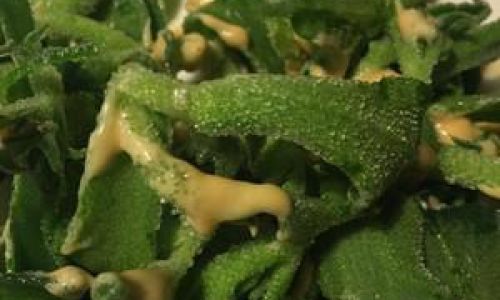
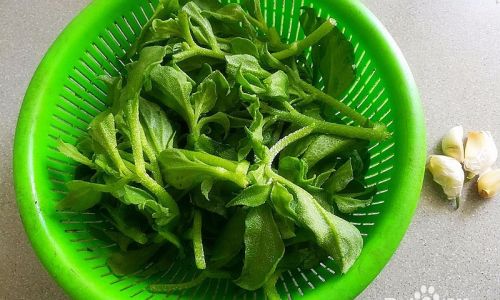
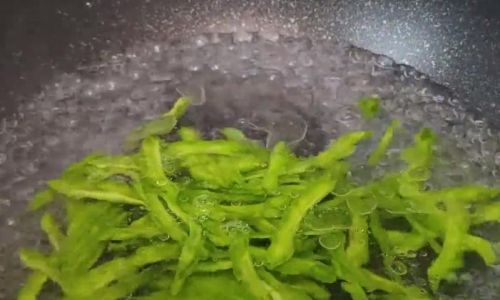
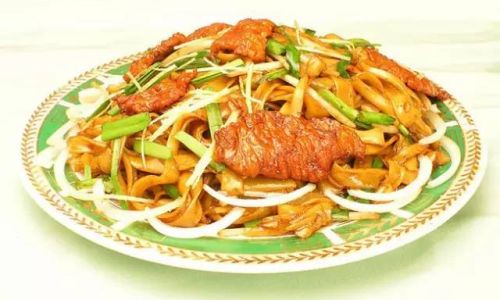

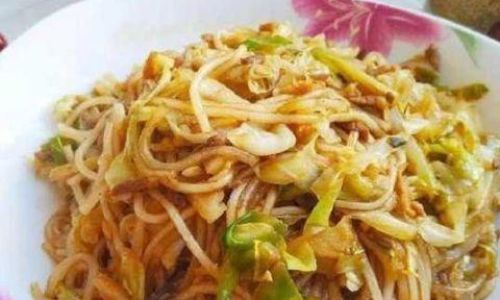
0 comments